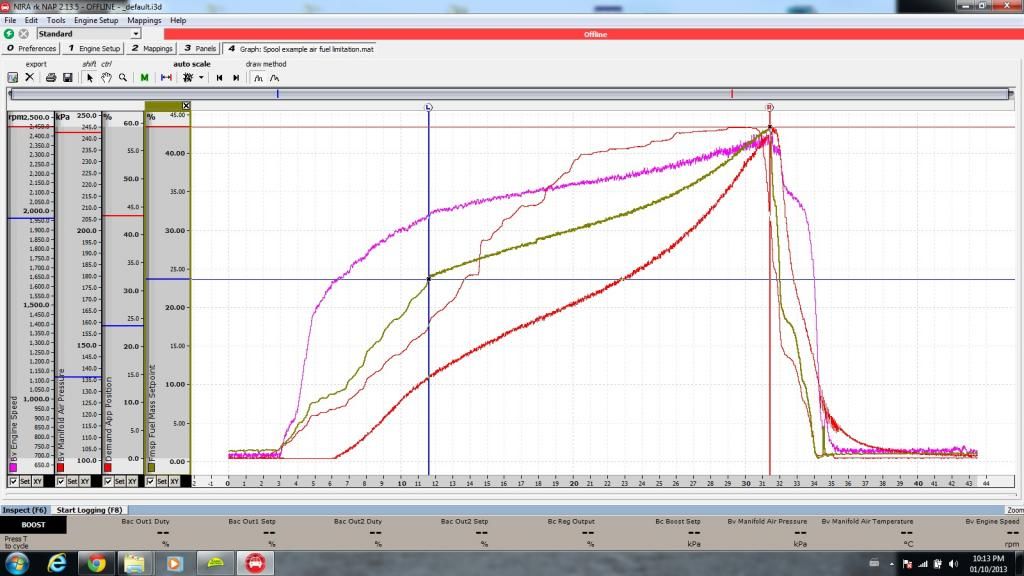JasonCzerak
New member
- Joined
- Aug 10, 2006
- Messages
- 14,822
https://www.facebook.com/photo.php?v=581361518638561&set=vb.100002941555106&type=2&theater
Never mind the refresh rate. It appears to work as expected. I have like 5 miles on it after I found a USB->serial cable and calibrated it's range.
Cruses at 36-38:1
Idles 95-98:1
Idles in gear at 45:1
Coast on the highway, 20:1. (rail pressure relief? where the map goes super big duration at 0-6% load?)
Acceleration is around high 20's.
---
So. what does everyone know about tuning with A/F data? Looking for all areas of input.
Never mind the refresh rate. It appears to work as expected. I have like 5 miles on it after I found a USB->serial cable and calibrated it's range.
Cruses at 36-38:1
Idles 95-98:1
Idles in gear at 45:1
Coast on the highway, 20:1. (rail pressure relief? where the map goes super big duration at 0-6% load?)
Acceleration is around high 20's.
---
So. what does everyone know about tuning with A/F data? Looking for all areas of input.

